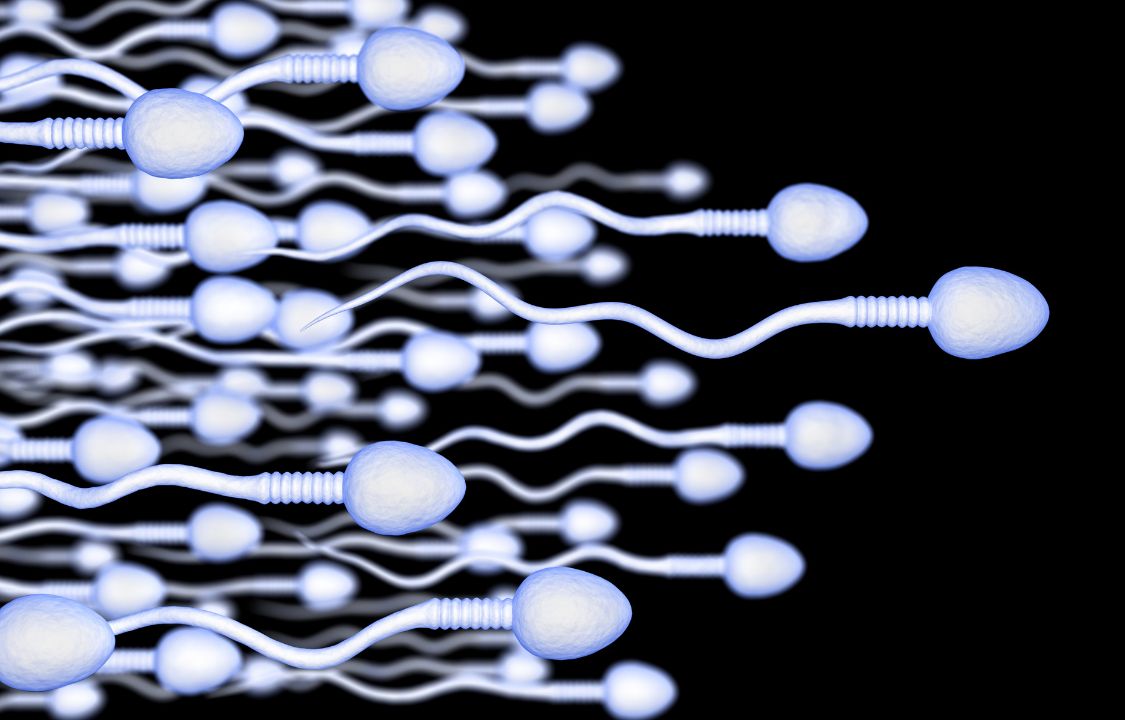Health Care, Medical Care
What Is Posthumous Sperm Retrieval?
It’s a simple procedure that can come with complicated concerns.
The concept of posthumous sperm retrieval (PSR) is a medical and ethical frontier that pushes the boundaries of reproductive science. It allows for the retrieval of sperm from a dying or deceased individual, raising a host of medical, ethical, and legal questions. While not all hospitals and fertility clinics offer this procedure, those that do have specific guidelines regarding when and how it can be performed and who can request it. In this in-depth exploration, we will delve into the intricacies of PSR, examining the medical procedures involved, the ethical dilemmas it poses, and the legal considerations that surround this complex and sensitive topic.
When Can the Procedure Be Performed?
Dr. Jesse Mills, a urologist and director of the Men’s Clinic at UCLA, explains that sperm can generally be retrieved from a patient who is brain-dead or shortly after they have been declared deceased. The recommended timeframe for this procedure is typically within 24 to 36 hours after death. The urgency is due to the fact that sperm viability is limited, and it can only remain viable for a brief period after death.
Dr. Mills emphasizes that, in most cases, the patient has to be in close proximity to a medical facility when they pass away or be placed on life support for PSR to be feasible. This tight window of opportunity underscores the challenging nature of the procedure.
How Does Posthumous Sperm Retrieval Work?
The actual process of PSR involves several medical techniques, each tailored to the specific circumstances. These techniques include epididymal aspiration, testicular biopsy, or complete removal of the testicles. The choice of method depends on various factors, such as the patient’s condition and the urgency of the procedure.
Once the sperm is successfully extracted, it is frozen and stored in a manner similar to how fertility clinics preserve live donor sperm. When the deceased’s partner is ready for pregnancy, assisted reproductive technologies, such as in-vitro fertilization (IVF), can be employed to attempt fertilization. It’s important to note that if the sperm was not ejaculated as semen, intrauterine insemination—a technique that places sperm directly into the uterus via a catheter—is not an option.
The success rate of pregnancies resulting from posthumously acquired sperm is not widely studied, and there is limited research on the health and developmental outcomes of children conceived through this method. However, a study reported in Human Reproduction in September 2015 highlighted four cases of women undergoing IVF using sperm from their deceased partners, all of whom eventually became pregnant. Although one baby was born prematurely, all four children exhibited normal health and developmental outcomes during follow-up visits over the subsequent seven years.
Legal and Ethical Concerns: A Complex Landscape
The United States lacks overarching government regulations governing the practice of PSR, leaving individual hospitals and fertility clinics to make decisions regarding when and how it can be performed. The availability of the procedure also depends on whether a facility possesses the necessary specialists, equipment, and storage capabilities.
The American Society for Reproductive Medicine (ASRM) issued updated guidelines on posthumous collection of reproductive tissue in 2018. These guidelines assert that sperm or egg collection after death can be “ethically justifiable” if written documentation from the deceased explicitly authorizes it. In cases where such documentation is absent, programs should consider requests solely from the “surviving spouse or partner,” according to the ASRM’s opinion.
The ASRM’s guidelines further emphasize the importance of allowing “adequate time for grieving and counseling” before proceeding with any assisted posthumous reproduction. Additionally, clinics and hospitals are encouraged to develop written policies if they opt to offer PSR.
Dr. Mills underscores that most clinics, including his own, require some form of advanced directive from the deceased individual or a clear indication from a married partner that the couple had expressed a desire for children or were actively trying to conceive. He notes that many inquiries about the procedure do not meet these ethical guidelines.
For cases that do align with the guidelines, Dr. Mills believes that offering grieving partners and families the opportunity to preserve a loved one’s reproductive tissue—and potentially bring their offspring into the world—holds significant meaning. It can provide a glimmer of hope and solace during an otherwise painful and challenging time.
In his view, “They’re able to establish a family, and even though the father won’t be around physically, that doesn’t seem like any worse reason to bring life into this world.” Dr. Mills sees the procedure as a way to impart an optimistic twist to a tragic narrative, offering consolation to the wife, the grandparents, and all those touched by the experience. The act of creating life from the remnants of loss is, to him, a testament to the resilience of the human spirit.
In Conclusion: Navigating the Boundaries of Possibility
Posthumous sperm retrieval is a multifaceted exploration into the intersection of science, ethics, and law. It challenges the established norms of reproductive medicine and prompts profound questions about the definition of family, the rights of the deceased, and the boundaries of medical intervention. While the medical procedures involved are relatively straightforward, the ethical and legal considerations surrounding PSR are complex and multifaceted. As society continues to grapple with these questions, it is essential to approach the topic with sensitivity, empathy, and a commitment to respecting the wishes and rights of all parties involved.

